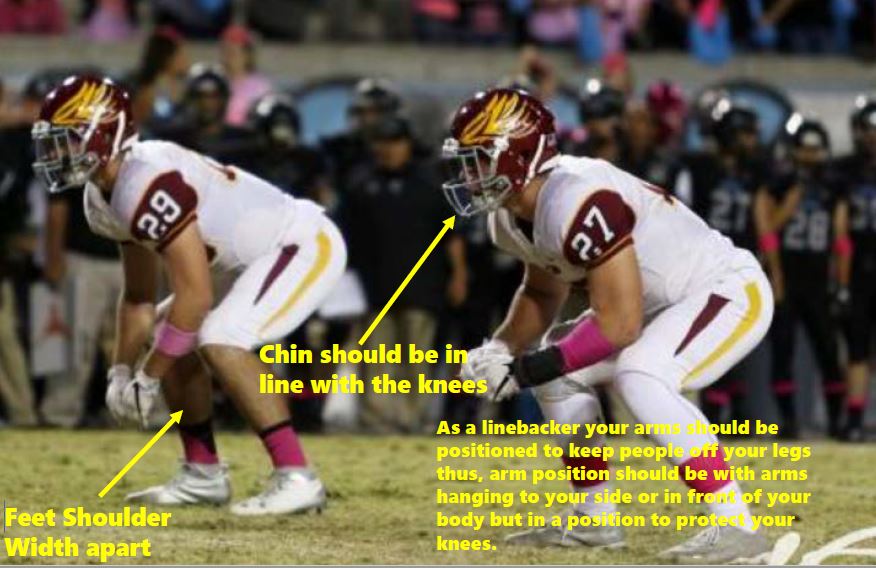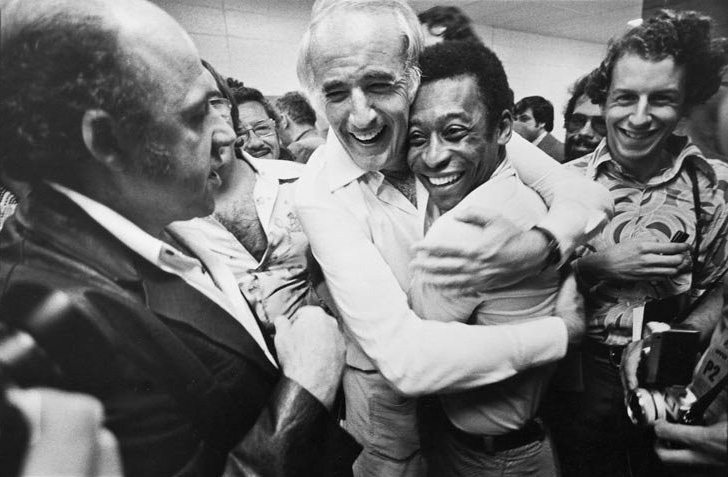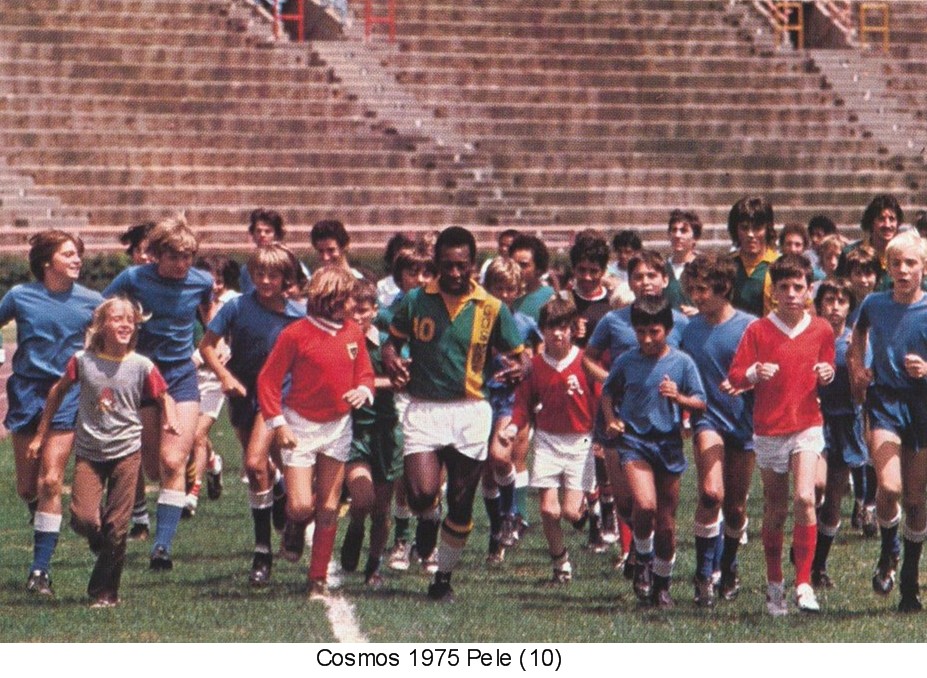In this ATL, Aussie Rules may have more participants in the US than back home in Australia.
Australian Rules Football got it's serious start in the USA in the late 1960s in Detroit when a small suburban junior competition was put together by a group of Big-3 auto executives & engineers who had previously been sent by their employers to work in Melbourne or Adelaide (Ford & GM/Holden have their Australian HQs in Melbourne, Chrysler had their HQ & main plant in Adelaide). Their children had played in suburban junior competitions during their time in Australia, and they & their families had grown to love the game, and the club atmosphere. When American football participation was restricted for those under 18, this lead to the creation of a small junior competition in the Detroit suburbs. The organizers were assisted by quite a few Australians who were on secondment to their corporate HQs, some of whom had played the game at the highest levels in the VFL & the SANFL (OTL, Aussie Rules was state-based up to the late 80's. The VFL would become the AFL in 1990. It was also mainly semi-professional until the early 90's. Up to then, most players worked a day job Monday-Friday & most games were played on Saturday afternoons.).
As the small suburban competition gathered momentum during the late 60's-early 70's, those Australians in Detroit who were assisting with coaching teams, or helping in administration, sought assistance from the VFL back in Melbourne, and those who were former players also received donations of uniforms & equipment from their former clubs in Melbourne & Adelaide. The VFL, realising they had a golden opportunity to promote & expand the participation & support of Australian football in the US, set up their first overseas office in Detroit in 1971. This lead to the setting up of similar competitions in New York, Boston & Los Angeles by the end of 1974. By 1980, there was a Australian Rules league in 20 states. The massive levels of US participation by Australian standards, lead to the VFL announcing that the 1976 season would be the first to have a weekly Sunday game, to allow this to be shown live on US television on Saturday nights as well as the Saturday game of the round shown live on Friday nights US time.
By 1985, the USFL had started with 10 teams (Detroit Demons, Boston Blues, Milwaukee Magpies, Cleveland Cats, New York Bulldogs, Louisville Lions, LA Stars, San Francisco Swans, Denver Cougars & Dallas Bigshots)
From "Australian Rules - How it conquered the US"
2010, Melbourne University Press



:format(jpeg)/cdn.vox-cdn.com/uploads/chorus_image/image/51200935/611984478.0.jpg)






